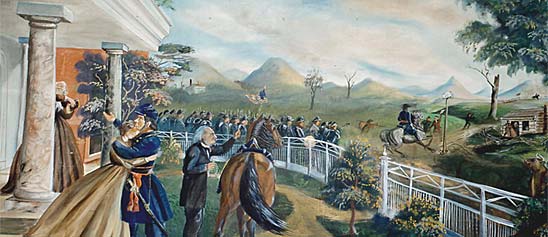
The National Museum of American History is not an art museum. But works of art fill its collections and testify to the vital place of art in everyday American life. The ceramics collections hold hundreds of examples of American and European art glass and pottery. Fashion sketches, illustrations, and prints are part of the costume collections. Donations from ethnic and cultural communities include many homemade religious ornaments, paintings, and figures. The Harry T Peters "America on Stone" collection alone comprises some 1,700 color prints of scenes from the 1800s. The National Quilt Collection is art on fabric. And the tools of artists and artisans are part of the Museum's collections, too, in the form of printing plates, woodblock tools, photographic equipment, and potters' stamps, kilns, and wheels.
Our collection database is a work in progress. We may update this record based on further research and review. Learn more about our approach to sharing our collection online.
If you would like to know how you can use content on this page, see the Smithsonian's Terms of Use. If you need to request an image for publication or other use, please visit Rights and Reproductions.